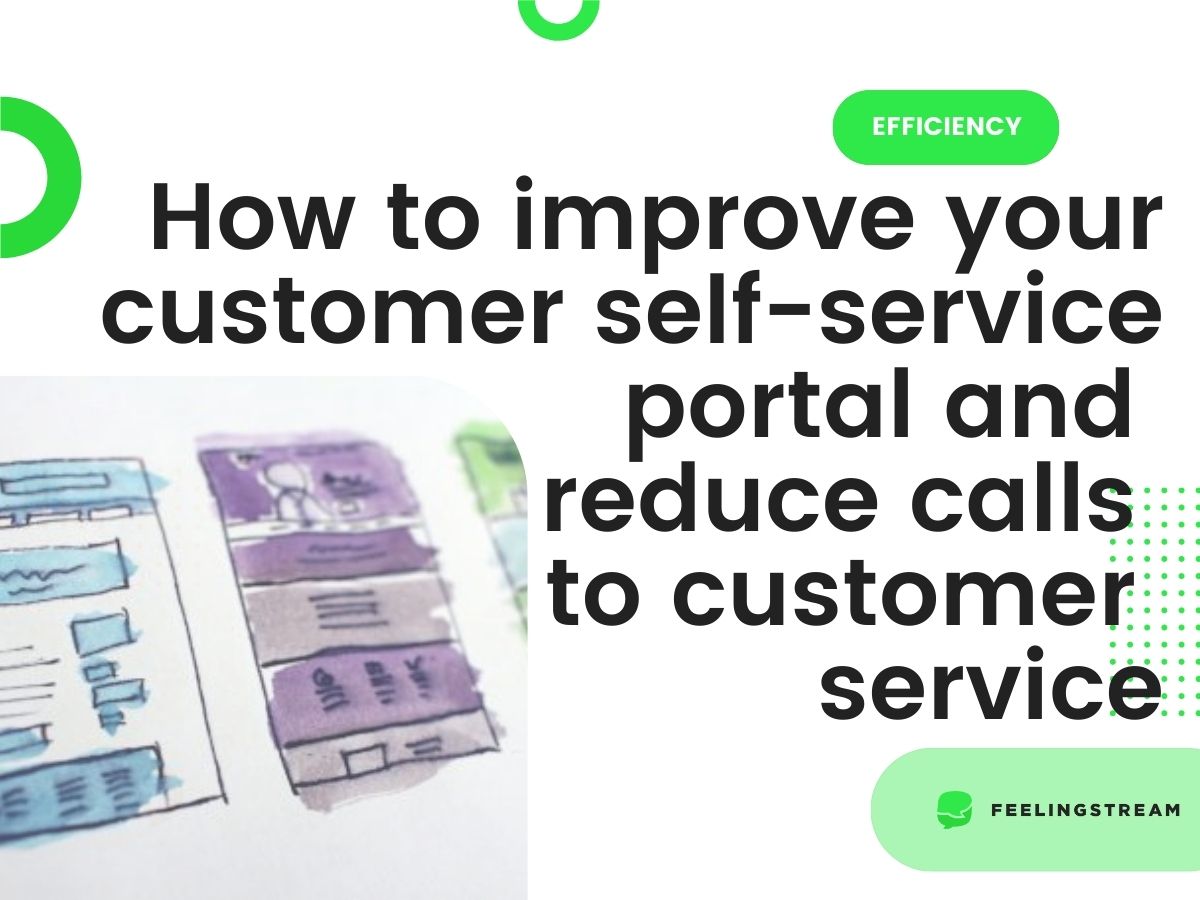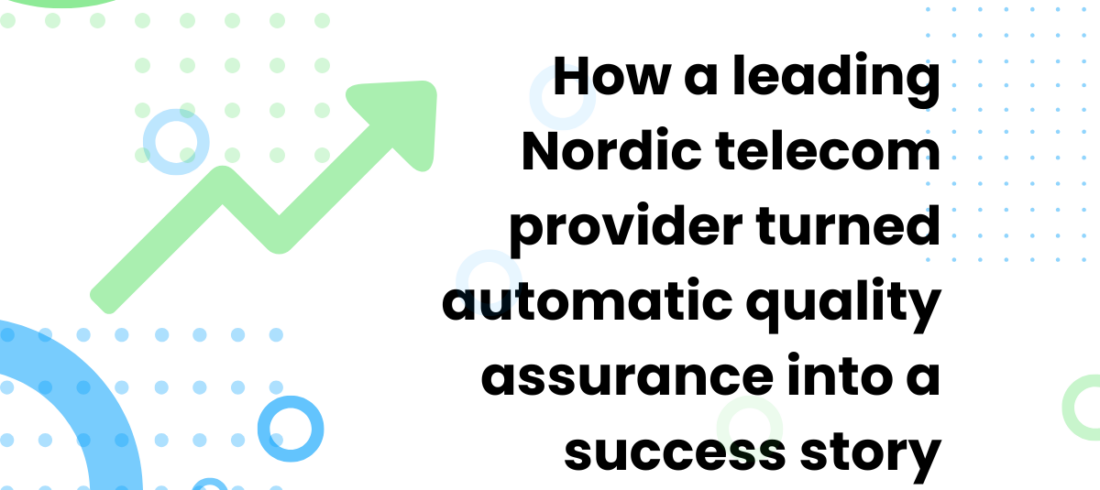In this day and age, most large enterprises would like their customers to be able to get help with their issues through their customer self-service portal.
Directing customers to carry out common actions such as paying bills, changing subscriptions etc. in self-service portals is easier and more cost-efficient for businesses than answering customers’ questions over the phone.
However, when the customer service portal is not user-friendly or clear enough for the customer, customers tend to call instead. Each call means more cost, both in terms of money and time, for a business.
Even so, many companies continue to struggle to direct their customers to self-service portals. But we’ve got a solution for that.
Do you know why your customers don’t use your customer service portal?
To make a self-service portal successful, businesses need to know the main reasons why customers call their customer service. The next step is to use this information to improve their self-service portal.
Typically, this kind of information comes from agents. When customers call customer service, the agent has to document the call based on agreed-upon procedures.
However, agent notes or call categorizations are typically not detailed enough for product owners to draw any conclusions for improving their self-service portal.
This means that most companies do not have a clear understanding of why customers do not use their customer service portal or what can be done to change that.
How to discover what customers don’t like about your self-service portal
Feelingstream’s speech-to-text AI solution is one way to discover why customers prefer to call customer service rather than use the self-service portal.
More specifically, Feelingstream transcribes calls into text. This means that transcripts of calls become searchable and analyzable. Analyzing call transcripts gives companies insight into why customers prefer to call. By analyzing this information, they can understand what can be changed or improved about the self-service portal.
If a product owner could fix an issue on the self-service portal, you would find a number of calls on the issue through Feelingstream.
In addition to our analytics tool, we also provide consultancy services. We often work with product owners and help them analyze their data. The aim is to find insight that can help them make their self-service more user-friendly.
Examples of clients working towards reducing call volumes
Many of our clients within banking, telecom and insurance have the goal of reducing customer service call volumes. With Feelingstream they get access to all of their call transcripts. Our clients have found a considerable number of issues from their conversations, that they can change about their self-service portal.
Here are some quick wins from our clients:
- Customers couldn’t find the menu button on the self-service portal on one of our client’s website due to poor placement. After the web developers changed the placement of the menu button, their overall call volume reduced by 2%.
- Payment invoices are often not clear enough for customers which typically leads to large volume of calls; making minor textual changes on invoices has led up to 15% fewer calls on billing issues.
- Customers were unable to find information about loyalty membership-related services from the self-service portal; adding this information reduced call volume by 5%.
You could say that the issues that customers can have with using a self-service portal are not big enough to warrant taking any action. The examples above show the difference. Making minor changes has proven to lead to significant reductions in call volumes for our clients.
A user-friendly customer self-service portal means fewer calls, lower costs and happier customers.
Once the product owners have organized the fixes into the system, they can feel the change. Customer service agents have more time to focus on upselling and helping those customers that really need it.
Read more about how Feelingstream can increase efficiency.




